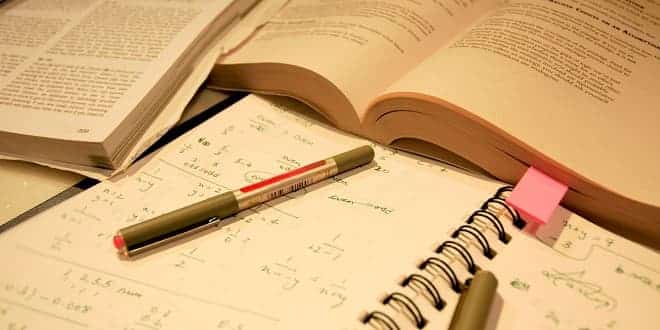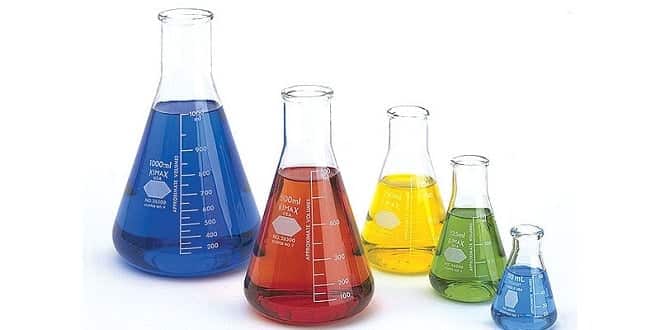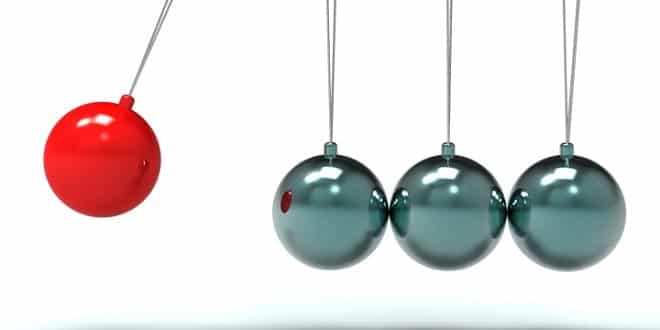Endüstriyel Stokiyometri
-

Polarimetry and Refractometry
1. Polarimeter The technique used by polarimeter is called polarimetry, which is based on the rotation of polarized light (the light after passing a polarizer) as it passes through a sample solution (e.g. sucrose solution). Ordinary light has waves (amplitude changes cyclically) spread in all directions (planes). As light passes through a polarizer, a polarized light (a light with a narrow band width in one direction) is formed. If a solution sample changes the angle of polarized light, this indicates the presence of an optically active substance in the sample. The degree of rotation of the…
-

Pulsed Nuclear Magnetic Resonance Solid Fat Content ( Dr. A. Kaya )
FE 315-INSTRUMENTAL ANALYSIS PULSED NUCLEAR MAGNETIC RESONANCE (p-NMR) SOLID FAT CONTENT The crystallinity of a fat at given temperature and time is characterised with the solid fat content (SFC). Atomic nuclei are spinning, resulting in a magnetic momentum. Brought in a magnetic field, the nuclei show precession with the so-called Lamor frequency around the lines of magnetic flux. During a NMR measurement, an electromagnetic pulse and such energy is sent through the sample. The spins get deflected. The magnetic momentum of all atomic nuclei are summed, inducing a signal in the receiving inductor. As soon…
-

Rose Oil
Rose oil Rose oil, meaning either rose otto or rose absolute, is the essential oil extracted from the petals of various types of rose. Rose ottos are extracted through steam distillation, while rose absolutes are obtained through solvent extraction or supercritical carbon dioxide extraction, with the absolute being used more commonly in perfumery. Even with their prohibitive price and the advent of organic synthesis, rose oils are still perhaps the most widely used essential oil in perfumery. Components Two major species of rose are cultivated for the production of rose…
-

Spektroskopik Analiz Yöntemleri
SPEKTROSKOPİK ANALİZ YÖNTEMLERİ Temel ilkeler Spektroskopik yöntemler Ultraviyole-görünür bölge absorpsiyon spektroskopisi Floresans ve fosforesans spektroskopisi Atomik absorpsiyon spektroskopisi Atomik emisyon ve atomik floresans spektroskopisi İnfrared (IR)spektroskopisi Nükleer manyetik rezonans (NMR) spektroskopisi Kütle spektrometrisi Ultraviyole-görünür bölge absorpsiyon spektroskopisi Türbidimetri ve Nefelometri Floresans ve fosforesans spektroskopisi yöntemleri Atomik absorpsiyon spektroskopisi (AAS) Atomik emisyon ve atomik floresans spektroskopisi İnfrared (IR)spektroskopisi Nükleer manyetik rezonans (NMR) spektroskopisi Kütle spektrometrisi (MS) …
-

Industrial Stoichiometry 2 ( Mr. Usman Ali )
Units and Dimensions Base Units Multiple Prefixes Derived Units …
-

Intro to Stoichiometry
What is stoichiometry? Stoichiometry is the calculation of quantitative (measurable) relationships of the reactants and products in a balanced chemical reaction (chemicals). …
-

Limiting Reagent Practice
STOICHIOMETRY / LIMITING REAGENT PRACTICE …
-

Material and Energy Balances Lecture Notes METU ( Filiz ALSHANABLEH )
Mass and Energy Balances NEAR EAST UNIVERSITY ENGINEERING FACULTY FOOD ENGINEERING DEPARTMENT FDE 201 MATERIAL & ENERGY BALANCES LECTURE NOTES PREPARED BY : Filiz ALSHANABLEH NICOSIA – 2012 Table of Content Chapter 1 Dimensions, Units, and Unit Conversion 1 Chapter 2 Introduction to Process Variables and Basic Food Engineering Calculations 21 Chapter 3 Introduction to Material Balances 41 Chapter 5 Material Balances for Multiple Units 87 Chapter 6 Energy Balances 121 Chapter 7 Material & Energy Balances of Some Selected Unit Operations 157 APPENDIX 1 : SYMBOLS, UNITS AND DIMENSIONS…








